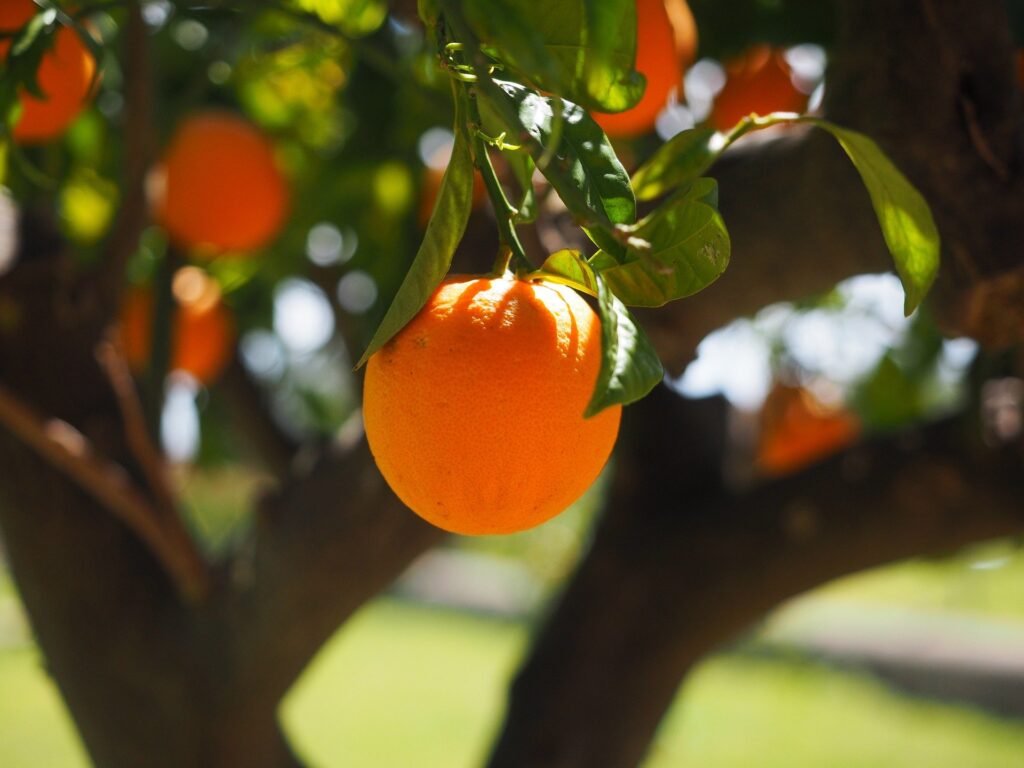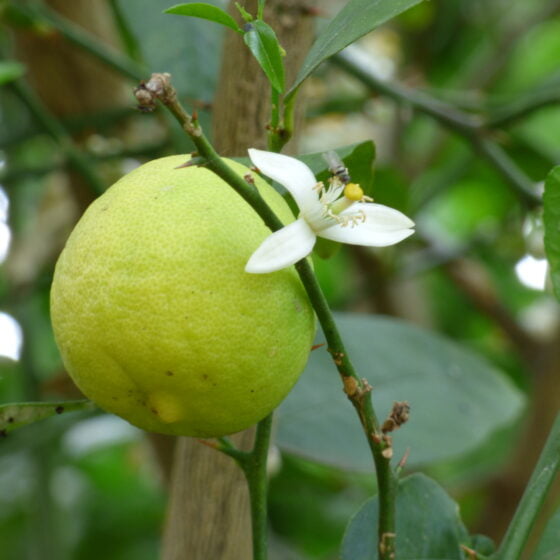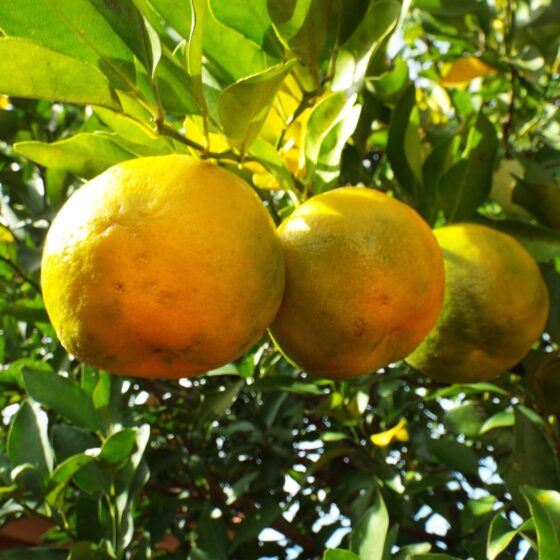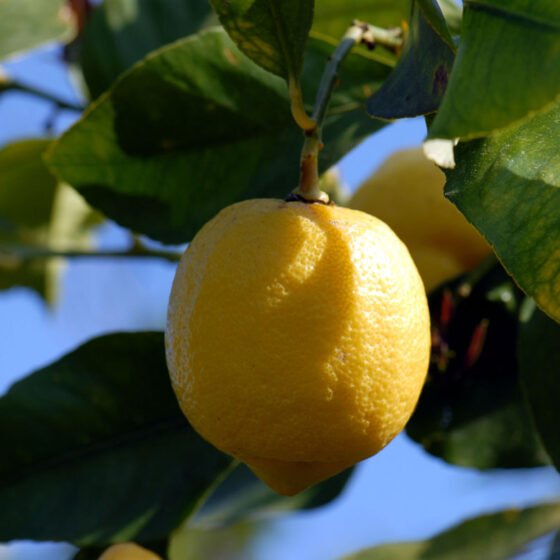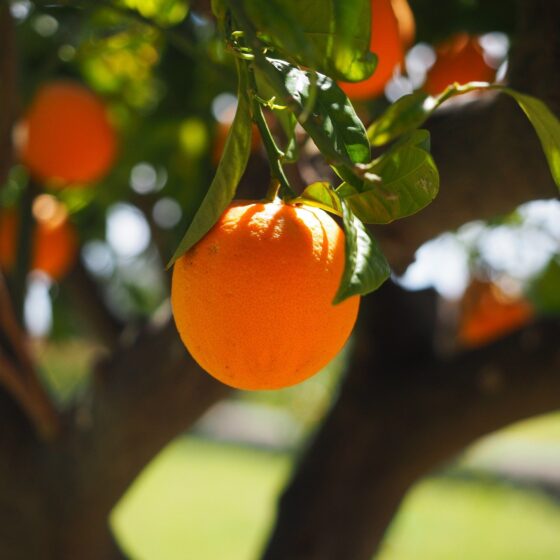
Sweet orange Brazil
Citrus sinensis var pera
General data
Harvest Calendar
- J
- F
- M
- A
- M
- J
- J
- A
- S
- O
- N
- D
Product details Fragrance side
Often found in colognes and fruity or floral heads, orange essential oil is a very interesting fruity and citrusy addition. It is often found in Gingerbread or Christmas-type accords accompanied by cinnamon, cardamom or clove essential oil as well as honeyed notes.
Well-being side
Airborne antiseptic and calming. Brings joy and lightness, a «little» sunshine to use in case of depression.
*The aromatherapy properties in this document are excerpted from reference books, scientific articles, or specialized websites and are provided to customer for its information and internal use only. Claims on a finished product remain the responsibility of the company making the finished product available on the market. About
The sweet orange is a round-shaped fruit tree bearing oranges, large fruits with a sweet and tangy flavor. The orange tree’s glossy, dark-green foliage hides an abundance of small, fragrant white flowers, the renowned orange blossoms. The “Pera” or “Pera do Rio” variety is a Brazilian variety of sweet orange that ripens late, the product of numerous citrus cross-breeding. The Pera orange is small and oval, orange in color with a small, green halo at the peduncle. The fruits are harvested in August and September in Brazil’s major Pera-producing regions, São Paulo and Rio de Janeiro. They are then mechanically cold-pressed. The resulting essential oil has a refreshing citrus scent that is sweet and fruity. The etymology of the name “orange” relates to its fragrance: “Orange” is derived from the Sanskrit nagrunga or naranga, which comes from nar, “perfume.” The Spanish word naranja, from the Arabic naranj, also finds its roots therein.
Native to Asia – mostly likely China – the first orange introduced into Europe was the bitter orange or Seville orange. The sweet orange appears to have been brought to Europe by Portuguese sailors returning from India. The first orange tree is said to have been planted in the garden of Count St. Laurent in Lisbon, leading to the nickname “orange of Portugal.” The sweet orange found its way to America on the second voyage of Christopher Columbus, along with the lemon tree. Beginning in 1549, the orange tree was planted extensively by Portuguese Jesuit missionaries during expeditions in Brazil. Once settled in Bahia, they developed veritable orange groves around their camp. Since that time, citrus trees have been extensively cultivated in Brazil. After World War II, the country became one of the world’s largest exporters of sweet oranges.
Fragrance side
Often found in colognes and fruity or floral heads, orange essential oil is a very interesting fruity and citrusy addition. It is often found in Gingerbread or Christmas-type accords accompanied by cinnamon, cardamom or clove essential oil as well as honeyed notes.
Well-being side
Airborne antiseptic and calming. Brings joy and lightness, a «little» sunshine to use in case of depression.
About
The sweet orange is a round-shaped fruit tree bearing oranges, large fruits with a sweet and tangy flavor. The orange tree’s glossy, dark-green foliage hides an abundance of small, fragrant white flowers, the renowned orange blossoms. The “Pera” or “Pera do Rio” variety is a Brazilian variety of sweet orange that ripens late, the product of numerous citrus cross-breeding. The Pera orange is small and oval, orange in color with a small, green halo at the peduncle. The fruits are harvested in August and September in Brazil’s major Pera-producing regions, São Paulo and Rio de Janeiro. They are then mechanically cold-pressed. The resulting essential oil has a refreshing citrus scent that is sweet and fruity. The etymology of the name “orange” relates to its fragrance: “Orange” is derived from the Sanskrit nagrunga or naranga, which comes from nar, “perfume.” The Spanish word naranja, from the Arabic naranj, also finds its roots therein.
Native to Asia – mostly likely China – the first orange introduced into Europe was the bitter orange or Seville orange. The sweet orange appears to have been brought to Europe by Portuguese sailors returning from India. The first orange tree is said to have been planted in the garden of Count St. Laurent in Lisbon, leading to the nickname “orange of Portugal.” The sweet orange found its way to America on the second voyage of Christopher Columbus, along with the lemon tree. Beginning in 1549, the orange tree was planted extensively by Portuguese Jesuit missionaries during expeditions in Brazil. Once settled in Bahia, they developed veritable orange groves around their camp. Since that time, citrus trees have been extensively cultivated in Brazil. After World War II, the country became one of the world’s largest exporters of sweet oranges.
Other type of extracts
(Citrus)
